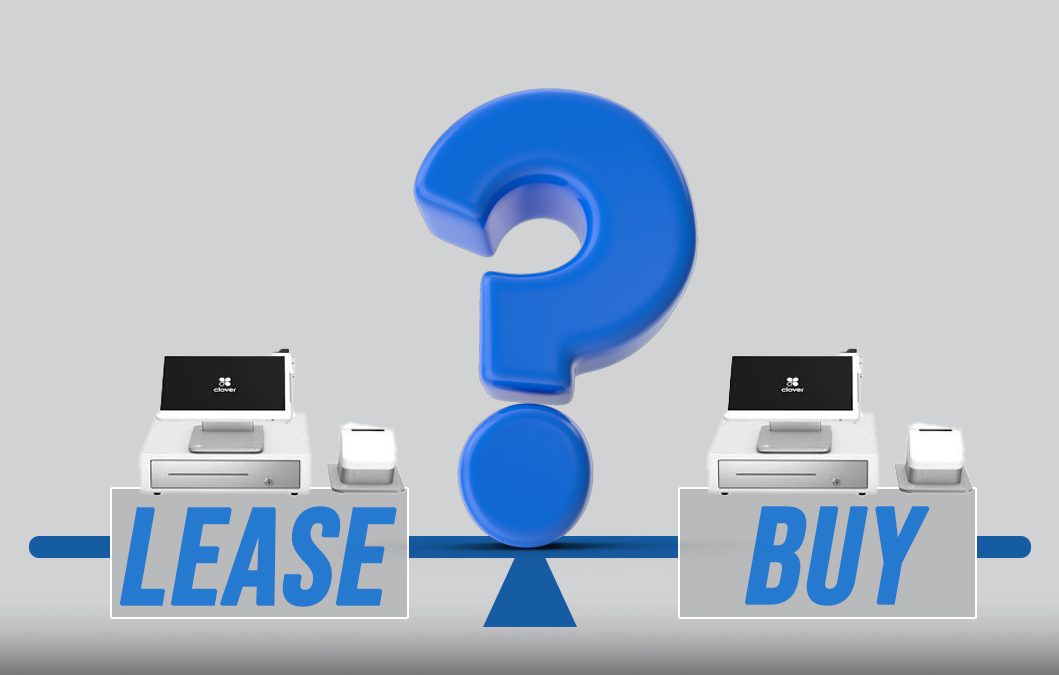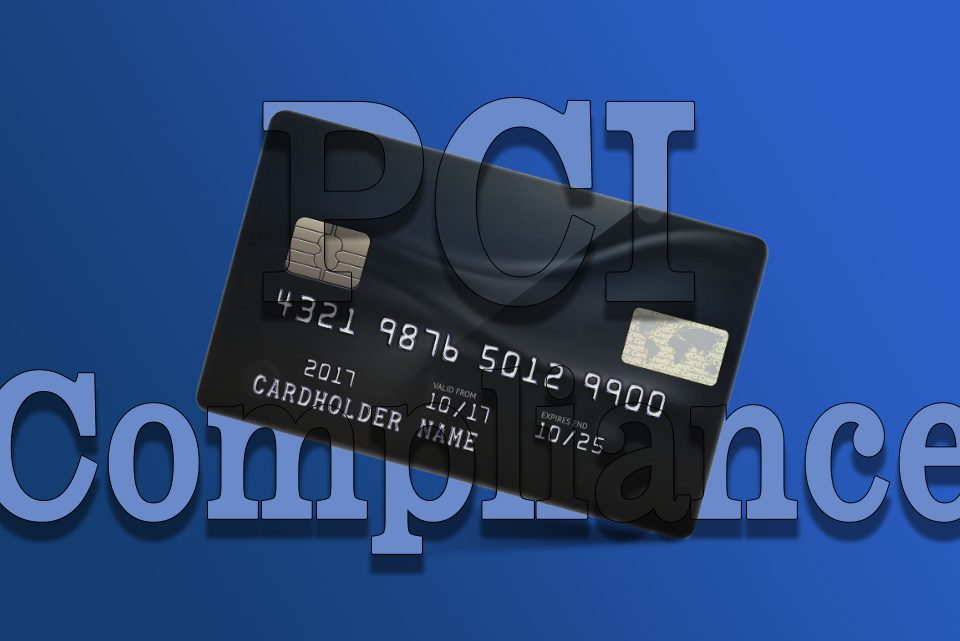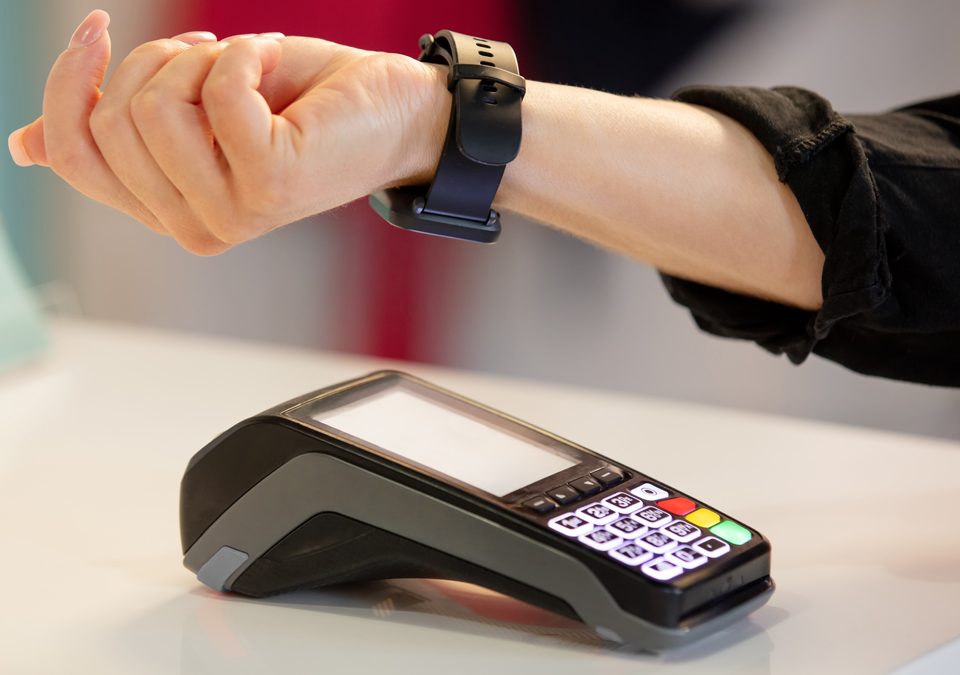Leasing vs. Buying Credit Card Processing Equipment for Small to Medium Businesses

5 Important Reasons to Have a Smart Terminal for Your Small Business in 2024
December 12, 2023
What Small Businesses Need to Know Before Signing a Contract for Credit Card Processing
February 29, 2024Small and medium-sized businesses (SMBs) find themselves at a crossroads when it comes to acquiring credit card processing equipment. The decision to lease or buy these devices is a critical one, influencing not just the financial health of the business but also its operational efficiency.
Leasing: The Pros and Cons
Advantages:
Cost Savings: Leasing credit card processing equipment often requires minimal upfront costs. For SMBs operating on tight budgets, this can be a significant advantage. Instead of a large capital outlay, businesses can spread the cost over the lease term, freeing up cash for other operational needs.
Up-to-Date Technology: Leasing allows businesses to access the latest and most advanced credit card processing technology without the burden of ownership. This is especially beneficial in an industry where technological advancements are rapid. Upgrading to newer models is often simplified at the end of the lease term.
Maintenance and Support: Lease agreements typically include maintenance and support services. This ensures that any technical issues are addressed promptly, minimizing downtime and potential losses. Regular upgrades and troubleshooting are part of the leasing package, providing peace of mind to business owners.
Disadvantages:
Long-term Costs: While leasing might seem cost-effective in the short term, over the long run, businesses may end up paying more than the actual value of the equipment. Monthly lease payments can accumulate, resulting in a higher overall expenditure compared to purchasing the equipment outright.
Limited Customization: Leasing agreements often come with restrictions on customization. Businesses might be limited in terms of software or hardware modifications, inhibiting their ability to tailor the equipment to specific operational needs.
No Ownership Equity: Perhaps the most significant drawback of leasing is that, at the end of the lease term, the business doesn't own the equipment. This lack of ownership equity means that the company has nothing tangible to show for the money spent on lease payments.
Buying: The Pros and Cons
Advantages:
Ownership and Equity: The most apparent benefit of purchasing credit card processing equipment is ownership. Once the equipment is paid for, it belongs to the business, providing a tangible asset that can be leveraged for financing or resale.
Cost Savings in the Long Run: While the initial upfront costs of purchasing equipment might be higher, over the long term, businesses can save money compared to leasing. Once the equipment is paid off, there are no more monthly payments, resulting in significant cost savings.
Understanding sales trends, identifying peak hours, and recognizing popular products or services become straightforward with the analytics capabilities of a smart terminal. This data-driven approach empowers small business owners to make strategic decisions, optimize operations, and tailor marketing strategies to meet the unique needs of their customers. The ability to generate customized reports also simplifies accounting processes, contributing to more efficient financial management.
Flexibility and Customization: Ownership offers greater flexibility in terms of customization. Businesses can tailor the equipment to their specific needs, integrating it seamlessly into their operations. This adaptability can be a crucial factor for businesses with unique processing requirements.
Disadvantages:
Higher Initial Costs: One of the primary barriers to purchasing credit card processing equipment is the higher initial cost. For cash-strapped SMBs, this upfront expense can be a significant challenge, potentially limiting their ability to invest in other areas of the business.
Technological Obsolescence: As technology evolves rapidly, the equipment purchased today might become outdated in a few years. Businesses that own their equipment must bear the responsibility of upgrading to stay competitive, incurring additional costs.
Maintenance Expenses: Unlike leasing agreements that often include maintenance and support, owners are responsible for covering maintenance costs. This can be a burden for businesses, especially those without dedicated IT staff.
For businesses with limited upfront capital and a focus on staying current with technology, leasing may be a more attractive option. On the other hand, those with a long-term vision, stable finances, and a desire for ownership may find that purchasing is the more cost-effective and flexible solution.




